I'm giving up on Pawpaw, Hardy Kiwi... what has failed for you?
fabaceae_native
12 years ago
Related Stories
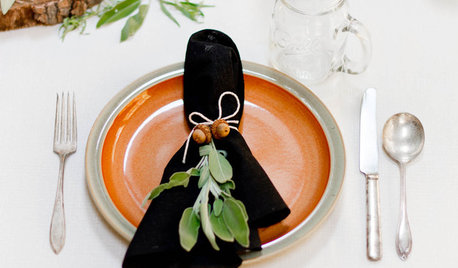
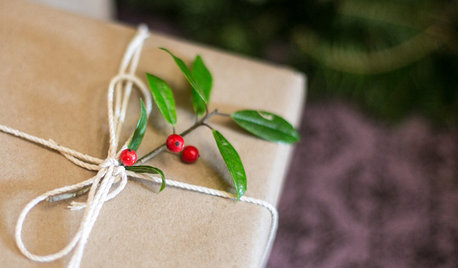
CHRISTMASGift Giving the Simple-ish Way
If buying holiday gifts drives you to the spiked holiday punch, try these easier but still rewarding traditions
Full Story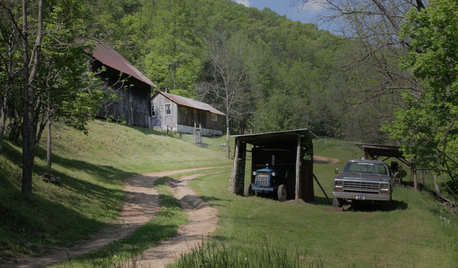
TASTEMAKERSNew Series to Give a Glimpse of Life ‘Unplugged’
See what happens when city dwellers relocate to off-the-grid homes in a new show premiering July 29. Tell us: Could you pack up urban life?
Full Story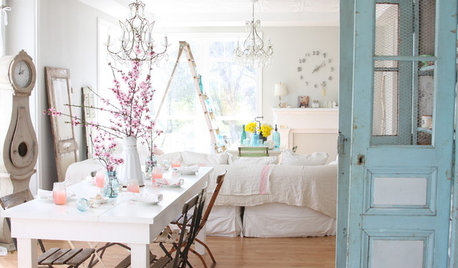
COLORS OF THE YEARPantone Has Spoken: Rosy and Serene Are In for 2016
For the first time, the company chooses two hues as co-colors of the year
Full Story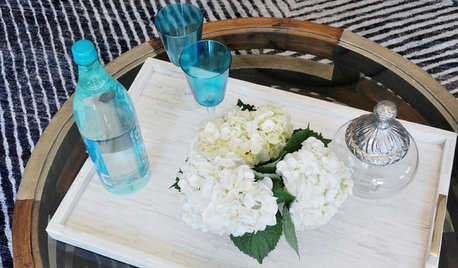
DECORATING GUIDESGive That Coffee Table an Extra Shot of Style
Corral necessities neatly or add an eye-catching base for display with a tray that sets off your table or ottoman
Full Story
WINTER GARDENING6 Reasons I’m Not Looking Forward to Spring
Not kicking up your heels anticipating rushes of spring color and garden catalogs? You’re not alone
Full Story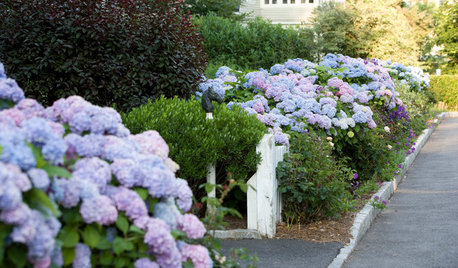
FLOWERSWhy You Should Give Hydrangeas a Place in Your Yard
The exuberant mop-headed beauties evoke dreams of an endless summer by the sea
Full Story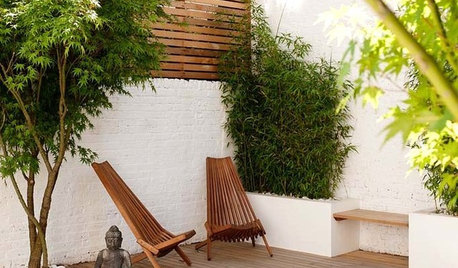
GARDENING AND LANDSCAPINGGive Your Compact Patio Some Major Style
11 ideas and examples to take your outdoor room from snoozefest to stellar
Full Story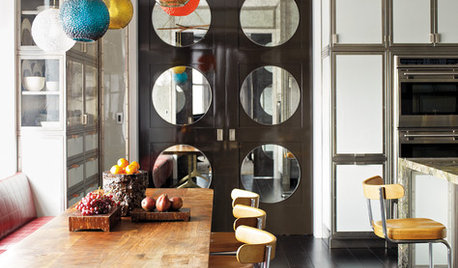
KITCHEN DESIGNGive Your Kitchen a Café Vibe
Re-create the look of your favorite café with a menu board, bistro chairs, vintage artwork and other key ingredients
Full Story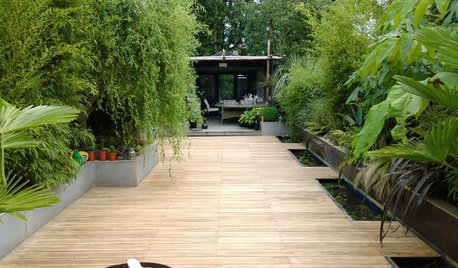
PATIOSFlooring Ideas to Give Your Outdoor Room an Edge
The materials you lay underfoot — decking, tile or a mix of contrasting textures — can bring fresh appeal to your outside space
Full StoryMore Discussions








denninmi
Scott F Smith
Related Professionals
Arlington Landscape Architects & Landscape Designers · 70037 Landscape Architects & Landscape Designers · Birmingham Landscape Architects & Landscape Designers · Salem Landscape Architects & Landscape Designers · Brentwood Landscape Contractors · Cornelius Landscape Contractors · Melrose Park Landscape Contractors · Miller Place Landscape Contractors · Old Saybrook Landscape Contractors · Oviedo Landscape Contractors · Rancho Santa Margarita Landscape Contractors · Stallings Landscape Contractors · Waipahu Landscape Contractors · West Orange Landscape Contractors · Woodland Landscape Contractorsnorthwoodswis4
ltilton
gonebananas_gw
fruithack
lkz5ia
mrs_emily
fabaceae_nativeOriginal Author
gonebananas_gw
gonebananas_gw
franktank232
fabaceae_nativeOriginal Author
northwoodswis4
franktank232
frugalgardener
Greg
nmfruit
eastmeetwest
raee_gw zone 5b-6a Ohio